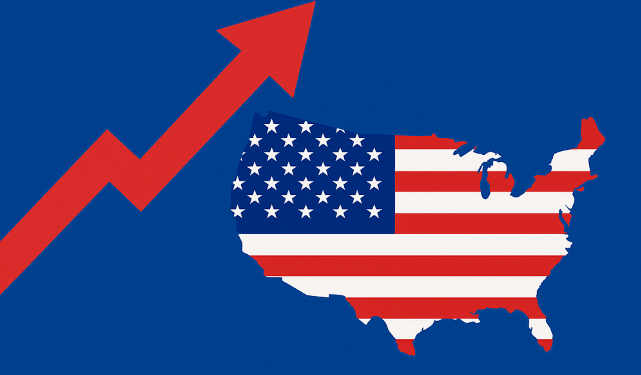Global trade continues to face mounting challenges, and ecommerce is no exception. The United States’ recent decision to impose a 25% tariff on countries purchasing oil or gas from Venezuela adds another layer of complexity to an already strained global market. Spain and China, two of the largest importers of Venezuelan crude, are expected to feel the direct impact of this decision. The move not only raises energy costs but also disrupts transportation and logistics—key components in the digital commerce ecosystem.
Over the past few years, ecommerce has been grappling with rising operational costs triggered by supply chain disruptions, inflation, and changing regulatory environments. The new U.S. tariff is poised to drive oil prices higher, which will have ripple effects across the sector. International shipping, vital to trade between China and the European Union, is likely to become more expensive. Ecommerce platforms and marketplaces—heavily reliant on energy for warehousing, distribution, and server infrastructure—may see increased costs that affect overall performance.
Moreover, consumers could tighten their online spending due to higher living expenses, reducing their disposable income for ecommerce purchases and causing potential dips in online sales.
Despite these hurdles, ecommerce businesses have shown remarkable resilience. In the face of this new challenge, companies can adapt by streamlining logistics, seeking alternative trade routes, and building partnerships with carriers offering better cost efficiency. Investing in renewable and alternative energy sources could also help reduce dependence on oil and make operations more sustainable in the long term. Additionally, expanding into markets less exposed to geopolitical trade fluctuations may offer new growth opportunities.
The U.S. tariff on Venezuelan oil represents yet another challenge in a complex and rapidly shifting global trade landscape. However, it also opens the door for innovation and strategic resilience, as ecommerce continues to evolve as a central force in the global digital economy.









